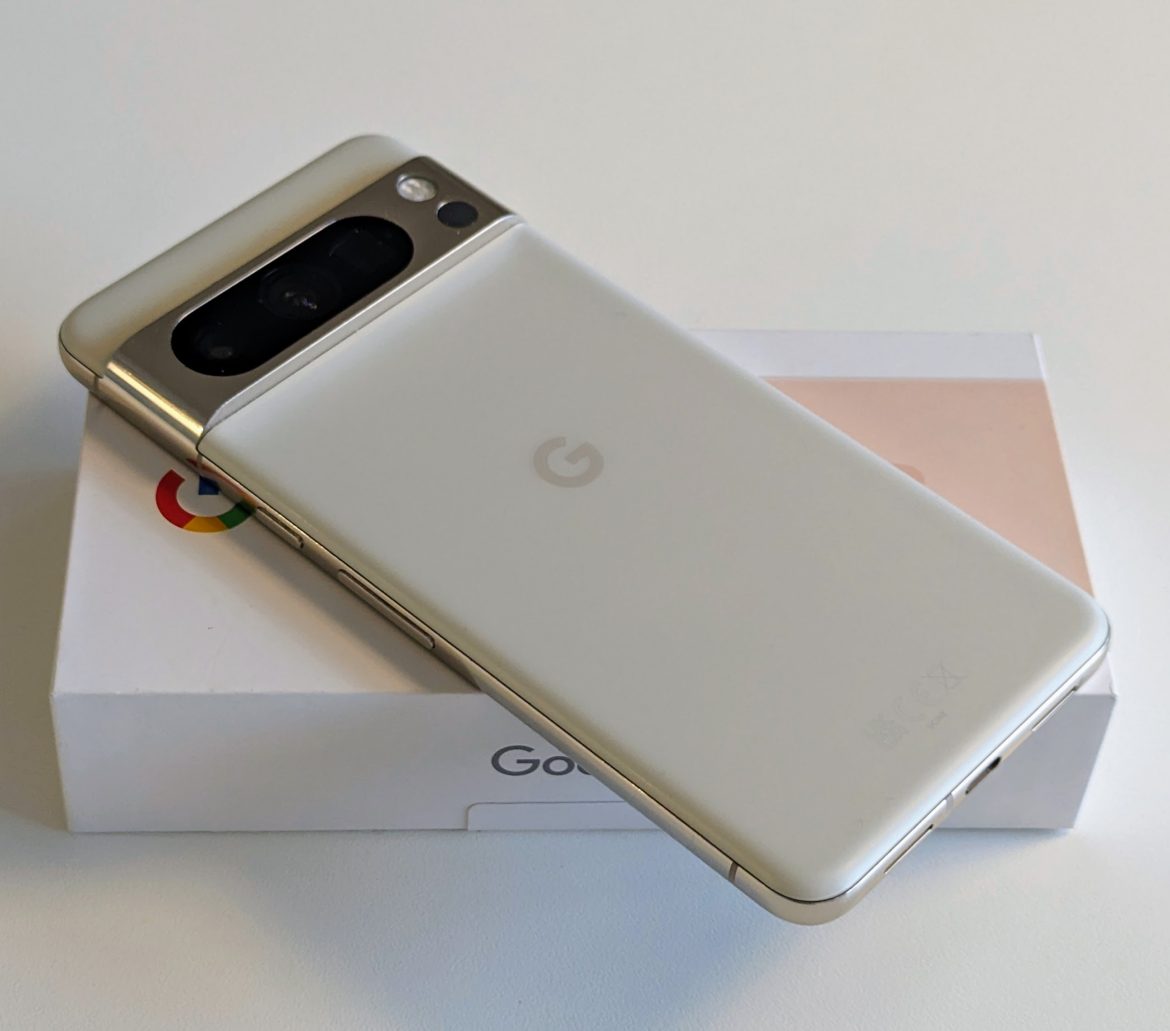TL;DR
The Pixel 8 Pro steps up with a brighter, flat display and a strong AI focus, including a revamped Magic Eraser and video noise reduction. Google's commitment to seven years of software and security updates is a huge win for longevity. While performance is smooth for daily tasks, it doesn't quite rival top-tier chips from competitors, and battery life is just adequate. The camera system remains excellent, especially in low light, but real-world differences from the Pixel 7 Pro are subtle in good conditions. The biggest change is the price jump, placing it closer to premium flagships. Curious about how these AI features and the new display really perform day-to-day? Dive into the full review!
In 2022, Google’s Pixel phones were launched in Sweden. The Pixel 7 series, released at that time, offered good value and a near-flagship experience, although its performance didn’t quite match the top-tier models from Apple and Samsung. I have used the Google Pixel 7 Pro as my primary device since our review and will use it as a point of comparison.
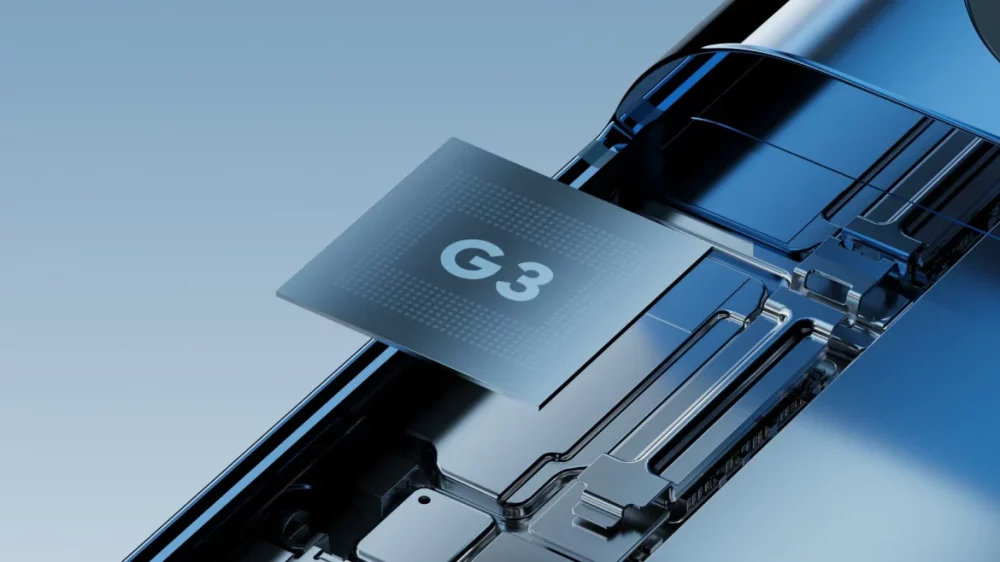
During the Pixel 8 series presentation, the emphasis was placed on AI and Google’s new Tensor G3 processor, designed for optimized on-device AI processing. However, it was later revealed that substantial processing still occurs in the cloud.
The Pixel 8 series boasts numerous new AI features, including a significantly updated “magic eraser” leveraging generative AI, AI-driven enhancements for portraits, the ability to manipulate the sky in images, noise reduction for video, and more. We will examine some of the more compelling features later in this review.
Another noteworthy aspect of the Pixel 8 series is Google’s commitment to long-term software support. Google has pledged seven years of updates, encompassing not only security patches but also future Android versions and feature additions. Google also guarantees the availability of spare parts during this period, ensuring that a Pixel 8 Pro purchased now will be fully supported until 2030. This is a welcome development, and we hope other manufacturers will adopt a similar approach.
A significant difference compared to the Google Pixel 7 Pro launch is the pricing. The 7 Pro had a recommended price of SEK 9,990 and was often available at lower prices through mobile carriers. The Pixel 8 Pro is priced at SEK 13,090 (128 GB), SEK 13,890 (256 GB), and SEK 15,390 for the 512 GB model. At SEK 13,000, it remains competitive, but it is approaching the price range of Apple and Samsung’s flagship devices.
Performance
Like the Pixel 7 Pro, the 8 Pro delivers a responsive user experience, with no noticeable lag during typical use. Demanding applications and games run smoothly. While the processor is approximately 30% faster than its predecessor, the perceived performance difference in everyday use is subtle.
However, benchmark testing reveals the performance advantage of Apple’s A-series processors and the Snapdragon 8 (present in various generations across numerous Android flagships). The Tensor G3’s performance aligns with that of leading models from previous years and does not match the current generation of processors.
Screen
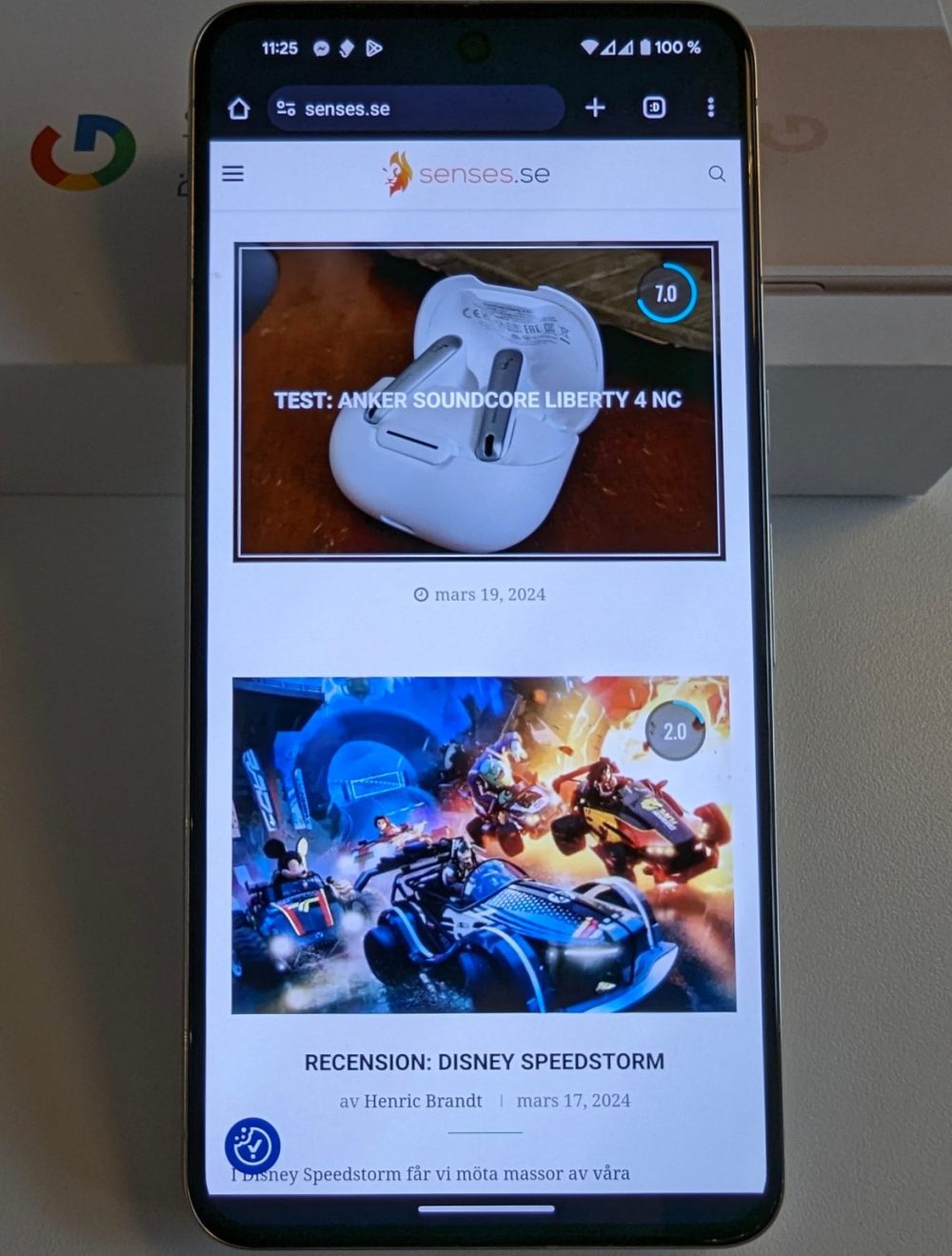
Google has transitioned away from the curved screens popular in recent years, opting for a completely flat OLED panel. The display measures 6.7 inches with a 20:9 aspect ratio, slightly narrower and taller than the previous year’s 19.5:9. The screen supports HDR 10+, but lacks Dolby Vision support.
Google brands its screen technology as the “Super Actua Display.” This LTPO OLED panel dynamically adjusts the refresh rate between 1 and 120Hz. Brightness has been improved, reaching up to 2,400 nits, an increase from the previous 1,500 nits, ensuring readability even in bright sunlight.
Battery and charging
Google’s charging speeds are not class-leading. The device supports charging at up to 30W, and as is now common, no charger is included, only a cable. Charging to 50% takes approximately 30 minutes, and a full charge to 100% requires about 80 minutes with a compatible 30W charger.
Battery life is adequate, but not exceptional. It reliably lasts a full day on a single charge, potentially extending to half a day more with conservative usage. Expect to charge the phone daily.
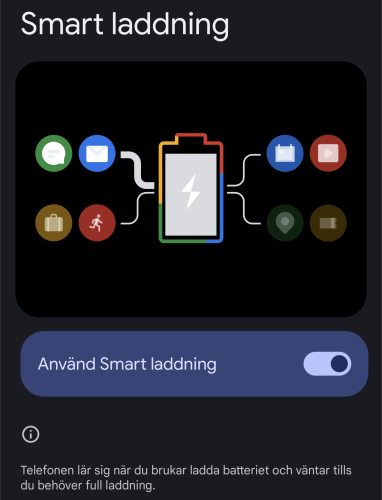
Features like smart charging optimize charging patterns to preserve battery health. Several energy-saving modes are also available, extending battery life by limiting performance and background notifications.
Camera
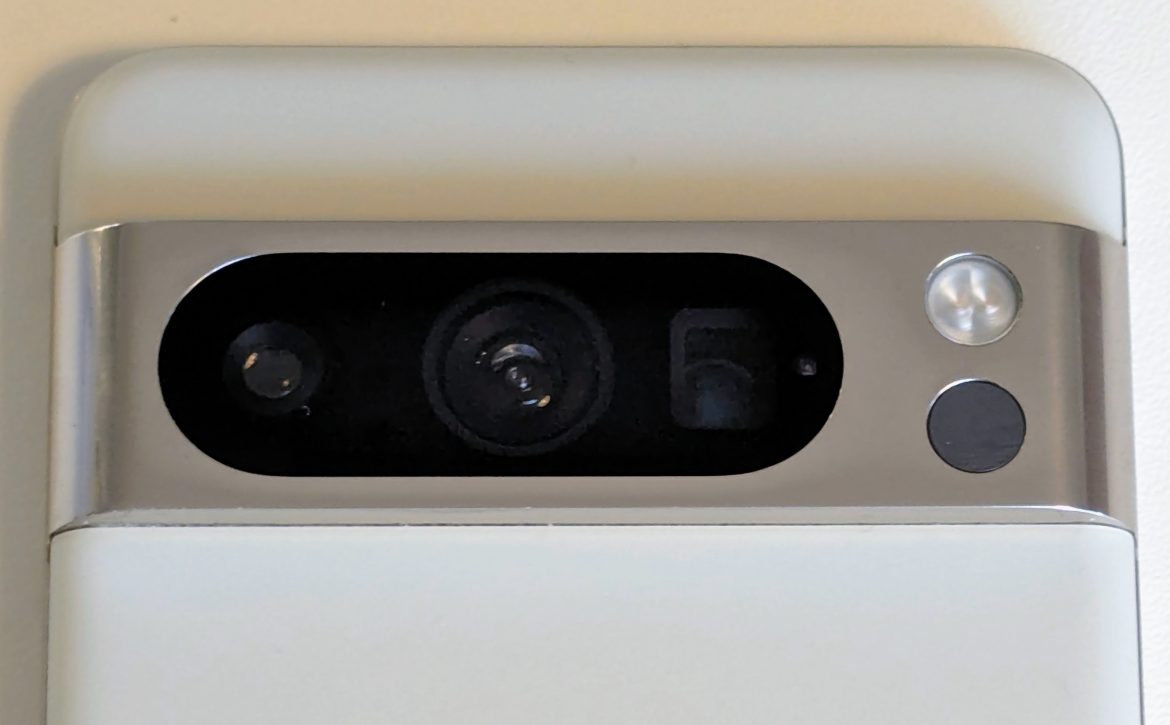
The Pixel 8 Pro’s camera system is similar to its predecessor, featuring three rear cameras: a main lens, an ultrawide lens, and a telephoto lens with 5x optical zoom. All cameras benefit from improved light gathering due to larger apertures. The most significant upgrade is the ultrawide lens, now equipped with a 48MP sensor (compared to the Pixel 7 Pro’s 12MP sensor).
The following comparisons were captured with the Pixel 7 Pro and Pixel 8 Pro in quick succession, under bright daylight conditions. The advantages of the Pixel 8 Pro’s improved light gathering capabilities should be minimal in these circumstances.
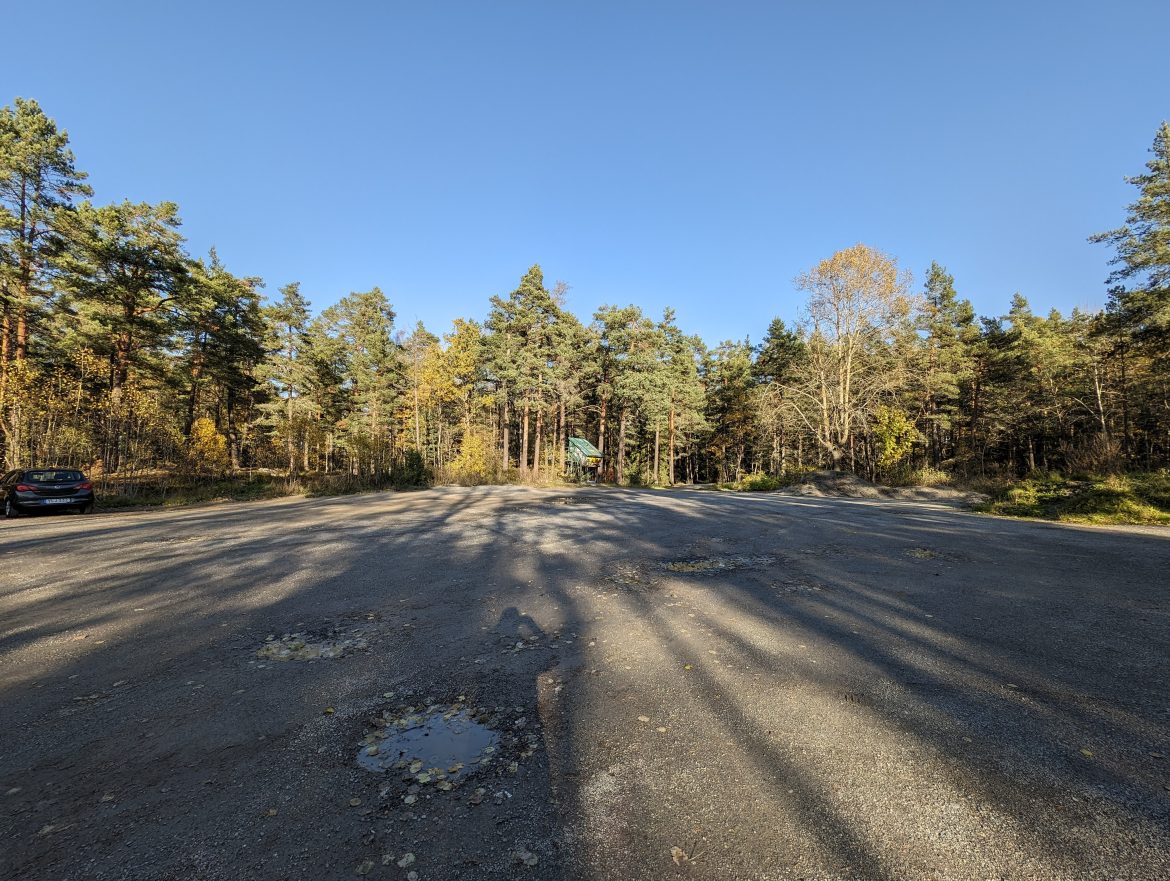
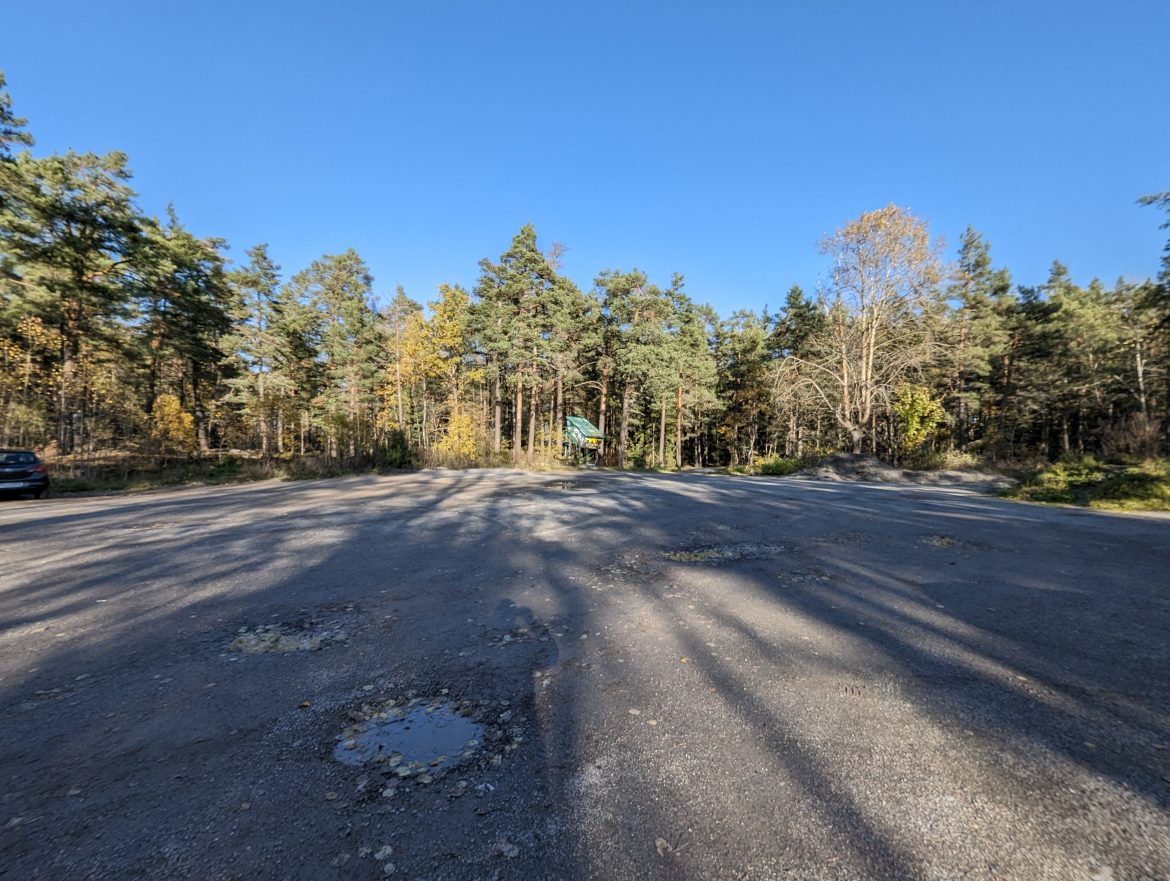










As these images illustrate, the differences between the two phones are minimal in well-lit conditions. The Pixel 8 Pro tends towards a more realistic color representation, compared to the Pixel 7 Pro’s slightly more vibrant rendering. Both phones perform admirably, and despite only offering 5x optical zoom, the 10x results are impressive, and even the 30x zoom remains usable.
In lower lighting conditions, the Pixel 8 Pro exhibits a slight advantage.

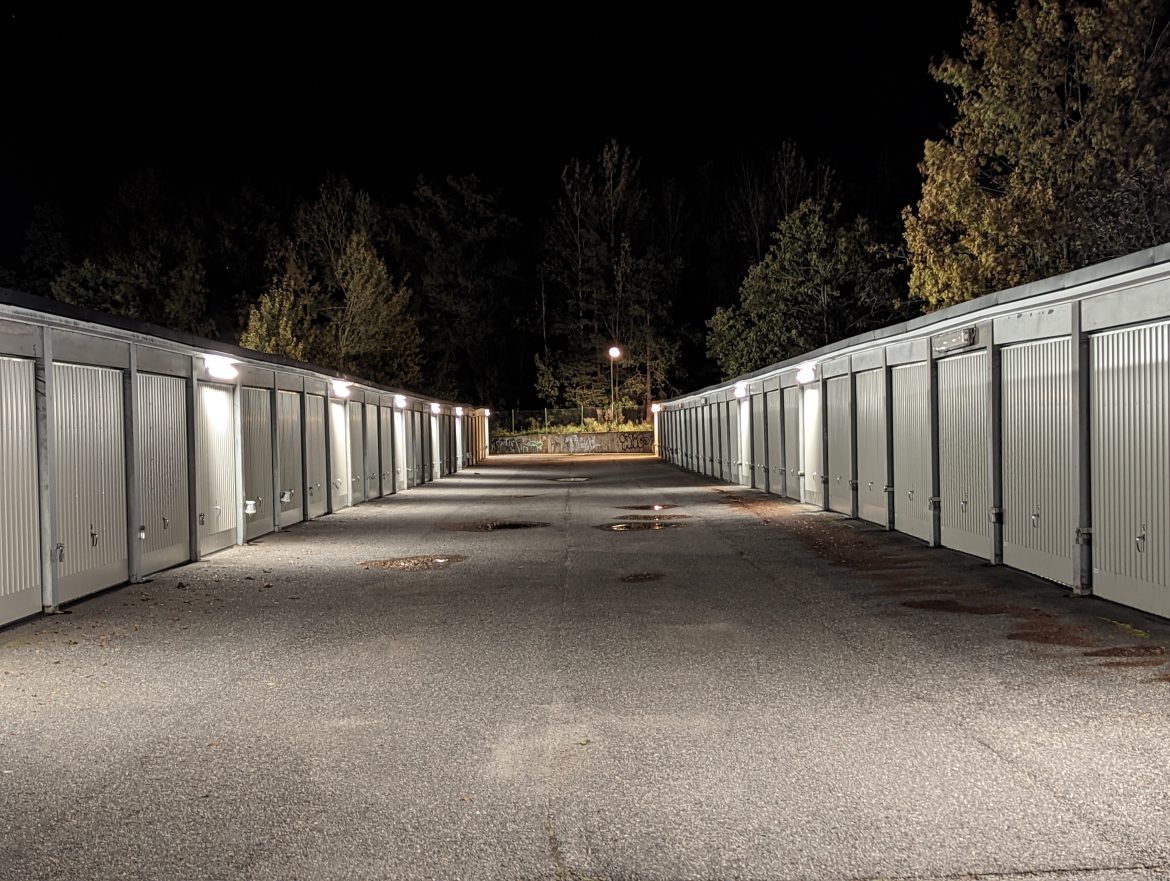


The Night Mode, as is typical for the Google Pixel series, is exceptionally effective. The following image was captured with virtually no ambient light.


AI functions for image and video
As mentioned previously, the Pixel 8 Pro introduces numerous features that leverage machine learning or generative AI to enhance or modify images and videos. We will now explore some of the key features:
The “magic eraser” function facilitates the removal of distracting people or objects from photographs. It is straightforward to use and generally performs well. The following example features a picture from the Hip-Hop: Conscious, Unconscious exhibition at Fotografiska:

Here, the objective is to remove some of the individuals present in the image. This can be accomplished by selecting the elements to be removed:

The selected person is then removed from the image. The modification is subtle and not readily apparent.

A similar function is available for audio within video content. Consider a video filmed near a busy road:

Users can adjust the prominence of various sounds within the video. In this example, the noise is completely suppressed, resulting in the following:
While not always flawless, this feature is generally effective in mitigating distracting sounds like wind noise in video clips.
Google’s “Best take” feature allows users to combine the best facial expressions from multiple photos of a group into a single, composite image where everyone appears their best.
The “video boost” feature sends video to Google’s servers to improve lighting in dimly lit environments, enhance stabilization, and reduce noise, and improve color rendition.
The most significant improvements are observed in low-light conditions, but the effect is not as dramatic as Night Mode for still photography.
Before Video boost:
After Video Boost:
The primary drawback of Video boost is the requirement to upload video to Google’s servers for processing. Although the process is automated, it can take hours to “boost” longer videos. There is no progress indicator, so users are not informed about the estimated processing time. The original video remains accessible in the gallery until Google finishes processing and updates it with the enhanced version. The original video is retained if the user is dissatisfied with the modifications.
Thermometer
One of the more unusual additions to the Google Pixel 8 Pro is a built-in thermometer, allowing users to quickly measure the temperature of objects.
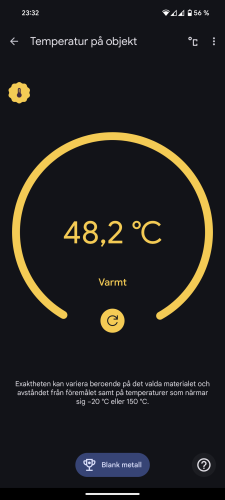
Currently, skin temperature measurement is only approved in the USA. Attempting to measure skin temperature yields inconsistent results, rendering it unsuitable as a fever thermometer. The thermometer feature currently feels like a novelty. Its utility will be limited until it gains regulatory approval for use as a medical thermometer in the EU and Google updates the app.
Security

A key improvement over the Pixel 7 Pro is the enhanced security of face unlock, now approved for use with banking applications (although BankID has not yet certified it). Unlike Apple’s “Face ID,” Google has achieved this level of security despite only using a
